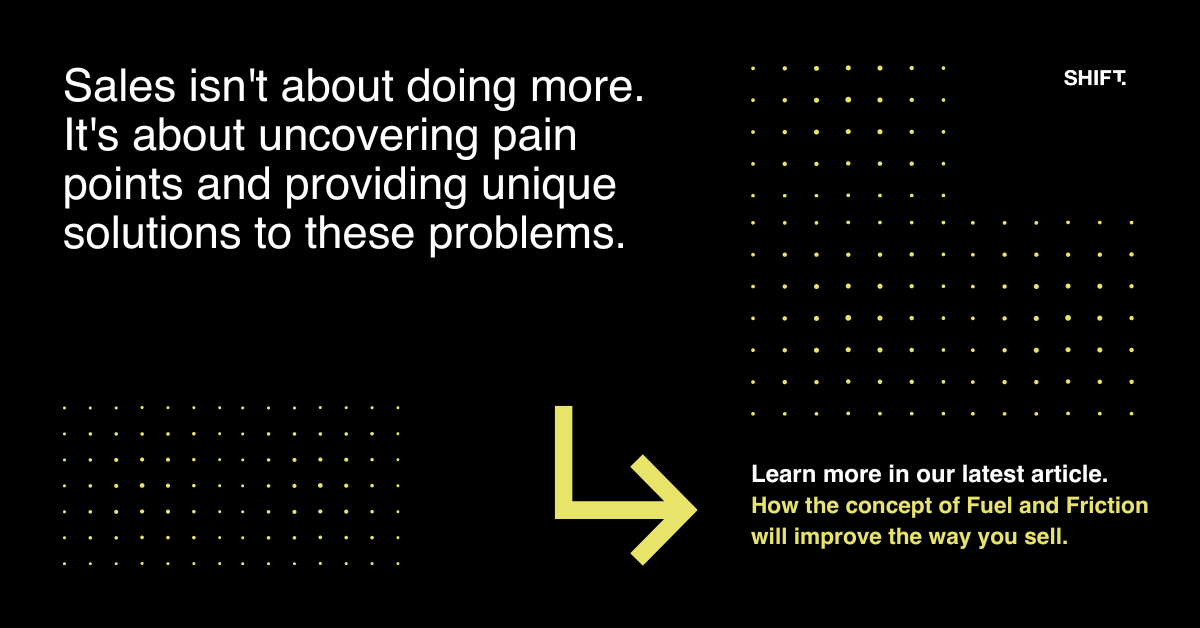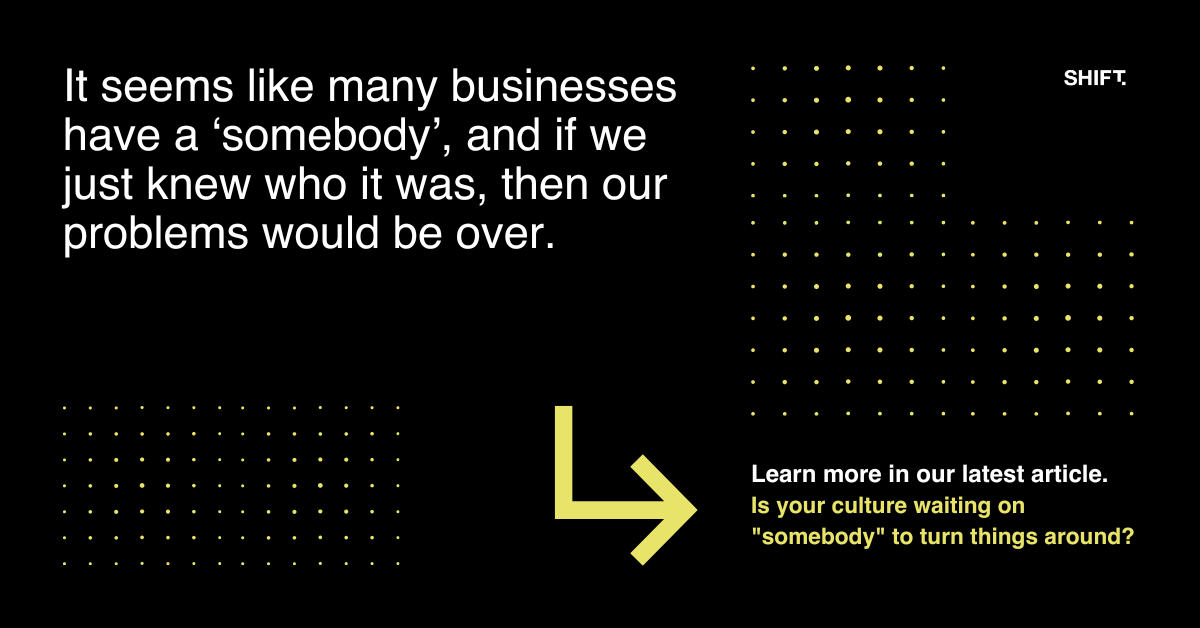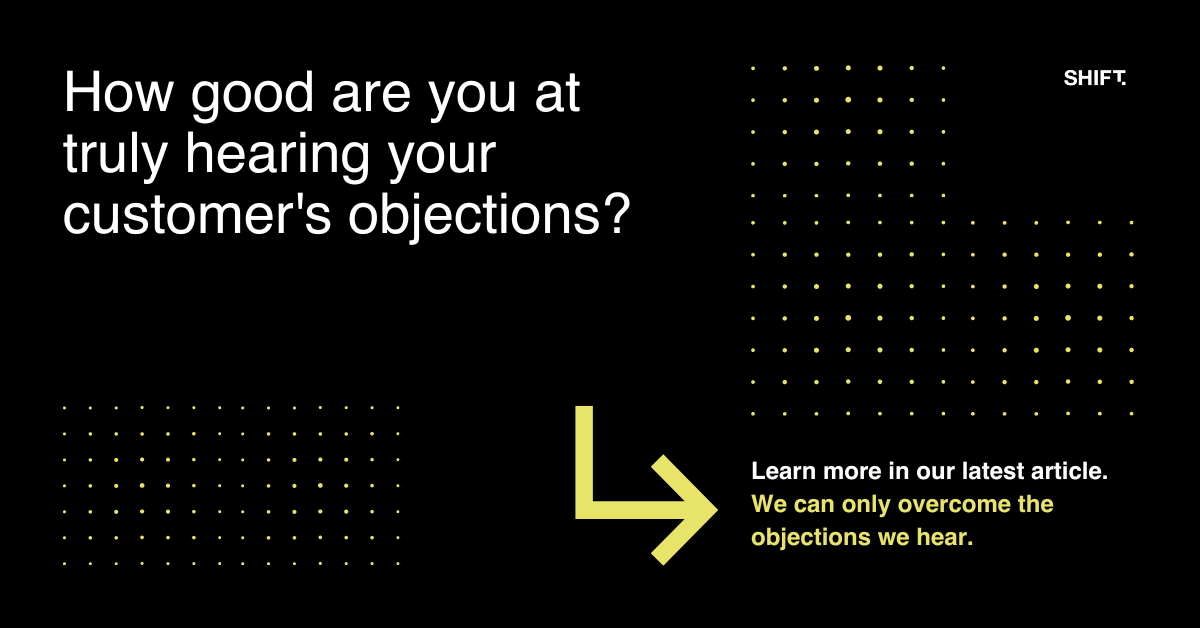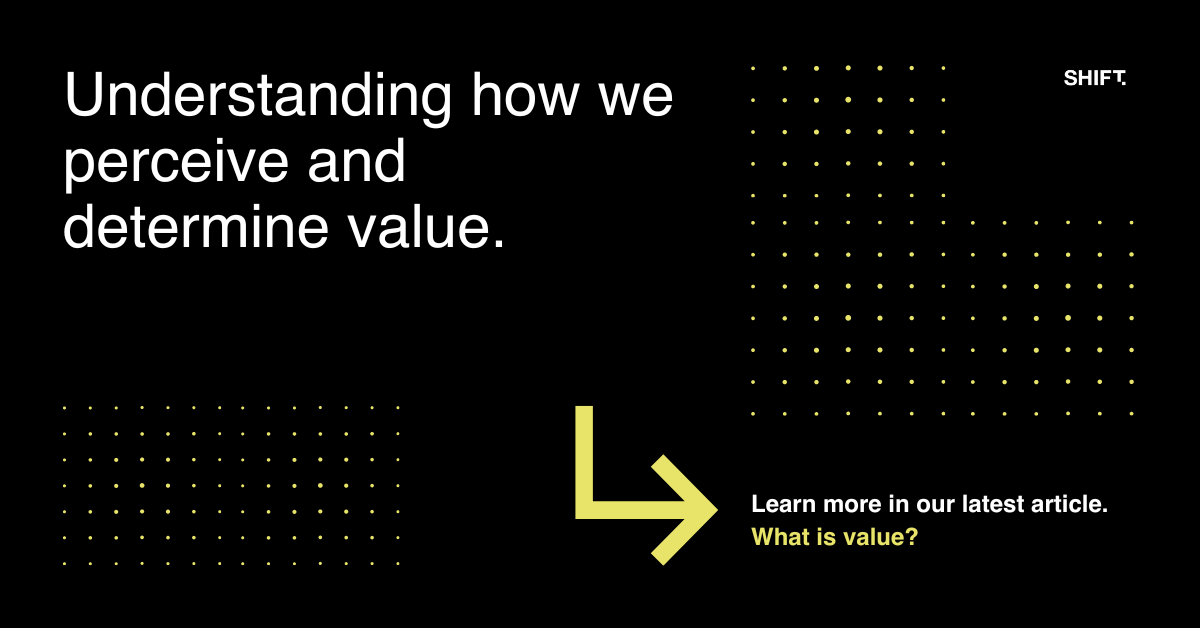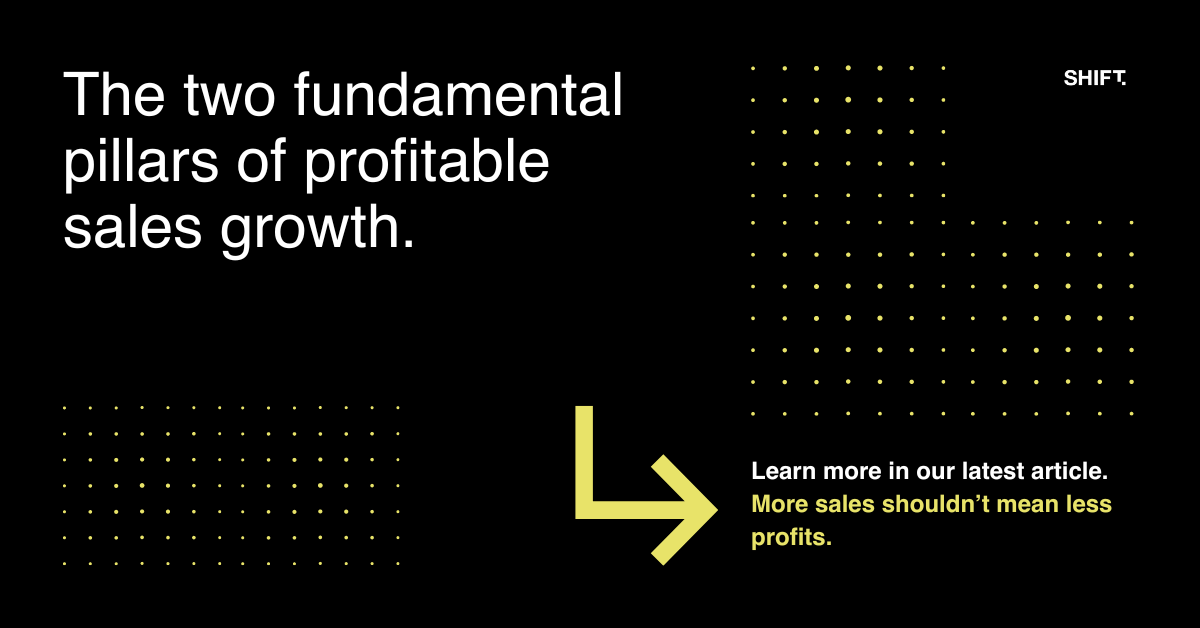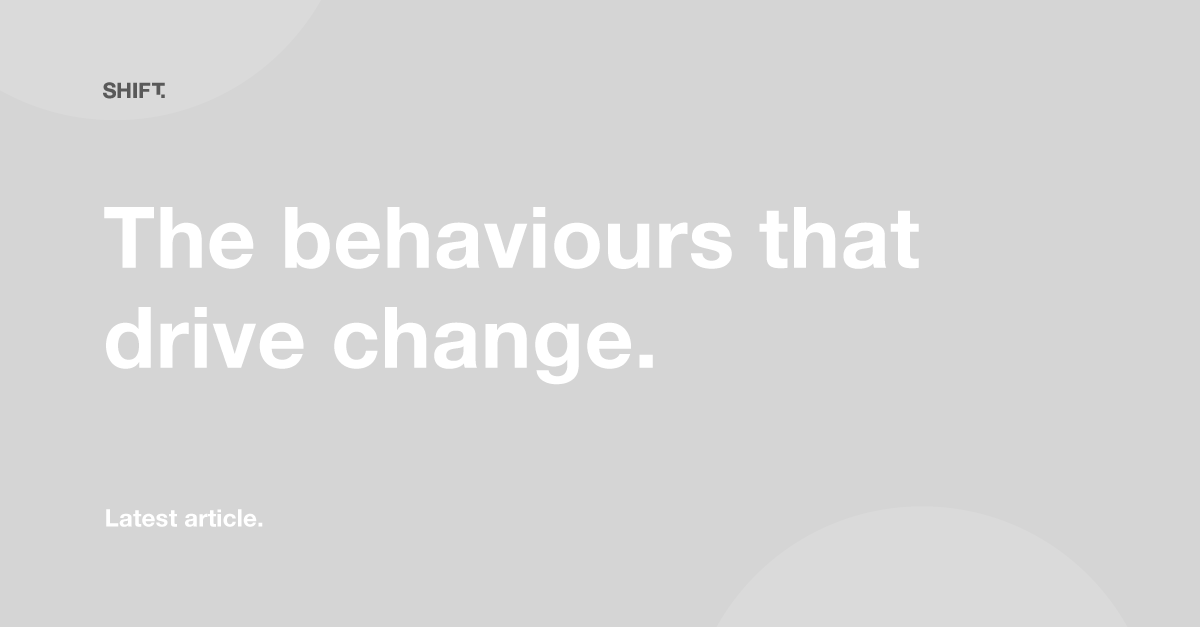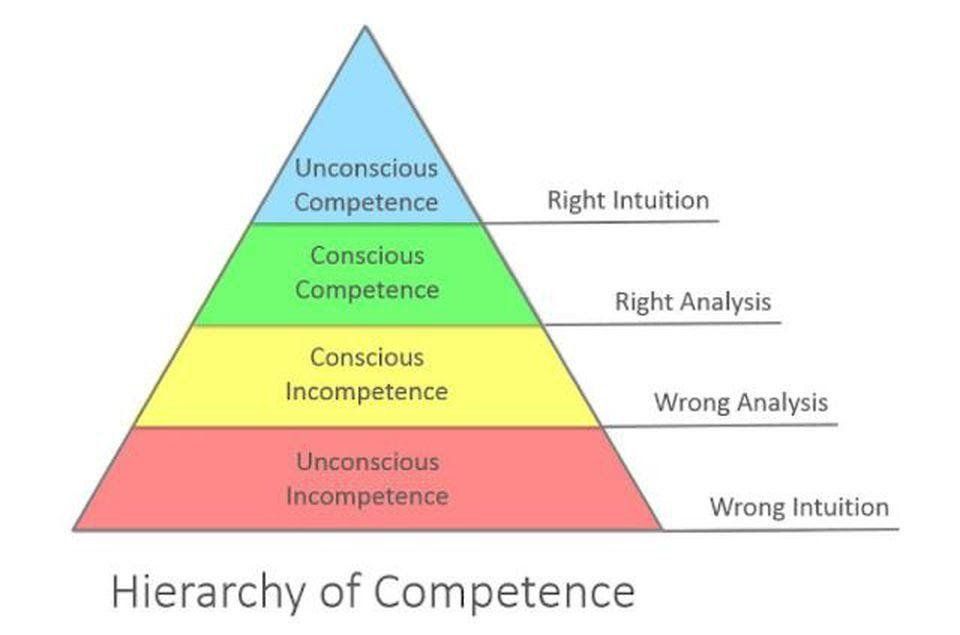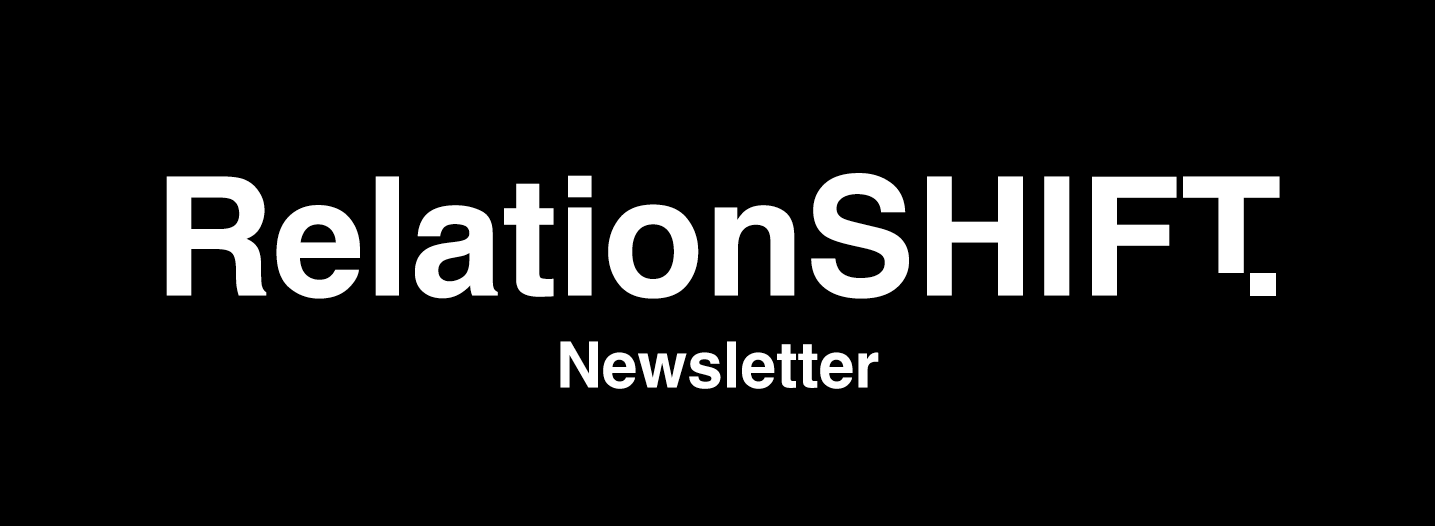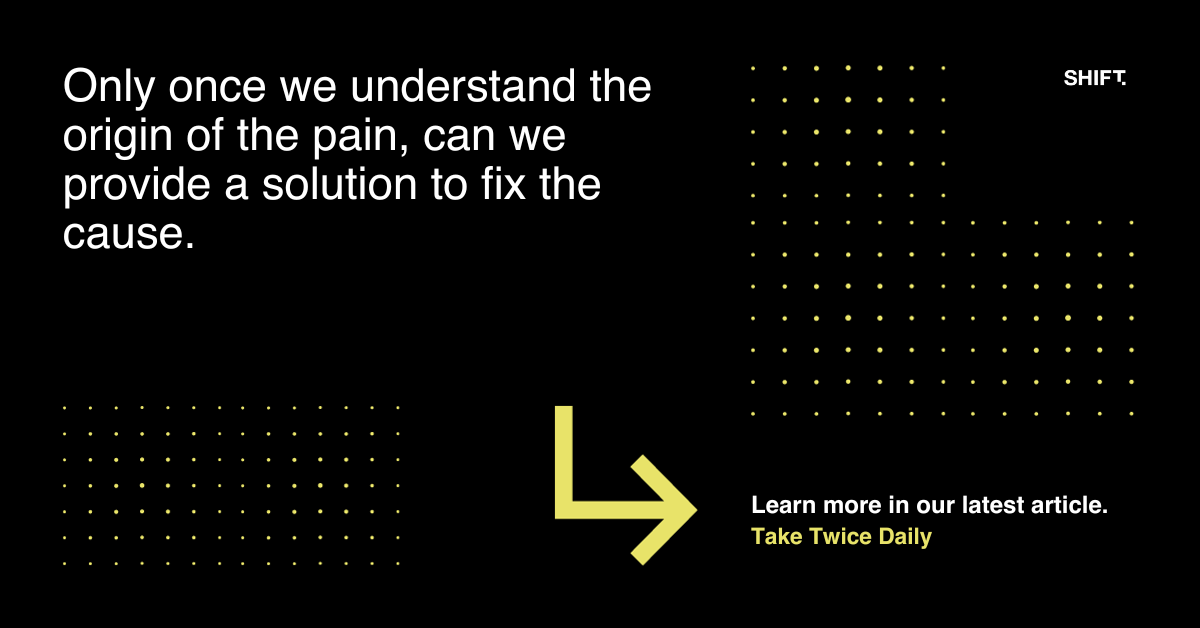Change is not a dirty word, as long it’s is not me that has to change!
I was recently working with a business, getting to know the people and the issues the company were facing. Amongst these issues were growing pains and their inability to scale, reinforced with their feelings of ‘one step forward and two steps back’.
As I listened to the senior management and their teams, they all spoke of the need to change. They were feeling the frustrations of things not working, decisions being made without much input, lack of teamwork and so on. Drilling down further, many of the discussions were punctuated with ‘somebody needs to do something about this!’
This was going to be a relatively easy solution – all they had to do was find the person with the name ‘Somebody’ and that person would do it all! Job done. Unfortunately, it isn’t as easy as this.
The dictionary meaning of ‘change’ (verb) is: make or become different.
My meaning of change, particularly in a business sense, is:
‘To take something you have always done, got used to doing or believed, and listen to someone tell you there is a better way. Then to take a big step into the unknown scary space where you feel like you don’t know what you are doing - your fear of failure goes up three notches. You feel really, really uncomfortable and you are faced with a bloody big brick wall’
Is it any wonder that many people talk of change, but when it comes to the behaviours, actions and grit required many struggle?
The business answer to this is ‘let’s do more training’ and whilst training is one part of the change process, there are many facets to help move people through change.
First is understanding that change to an individual feels more like my meaning than the dictionary meaning. If we know this we can better prepare for the types of training required and how different people and personalities take on learning and then turn this into belief.
“We change our beliefs by changing what we do first, not the other way around!”
Martin M Broadwell, in 1969, put together the ‘4 levels of teaching’ into the ‘hierarchy of competence’ model, showing the stages we go through to change from what we have been doing to the desired state.
There is much pain, angst, and self-learning and in the end, satisfaction when we move through these stages of change. Getting the right coaching, doing the right practice and pushing ourselves through each stage is what is required.
If you have ever had golf lessons and had to change your swing or have changed from a Microsoft to Apple operating system (or vice versa), you will understand how this model works.
Most people will not believe you - or believe what you believe - when you first stand up and announce the shift or change required.
We need to reinforce the activities, which when done, lead the individual to find their path on the journey to their belief. We do this well and the change will happen. This is the difference between just telling and selling.
Hope you enjoyed the read.
Andrew Nisbet
